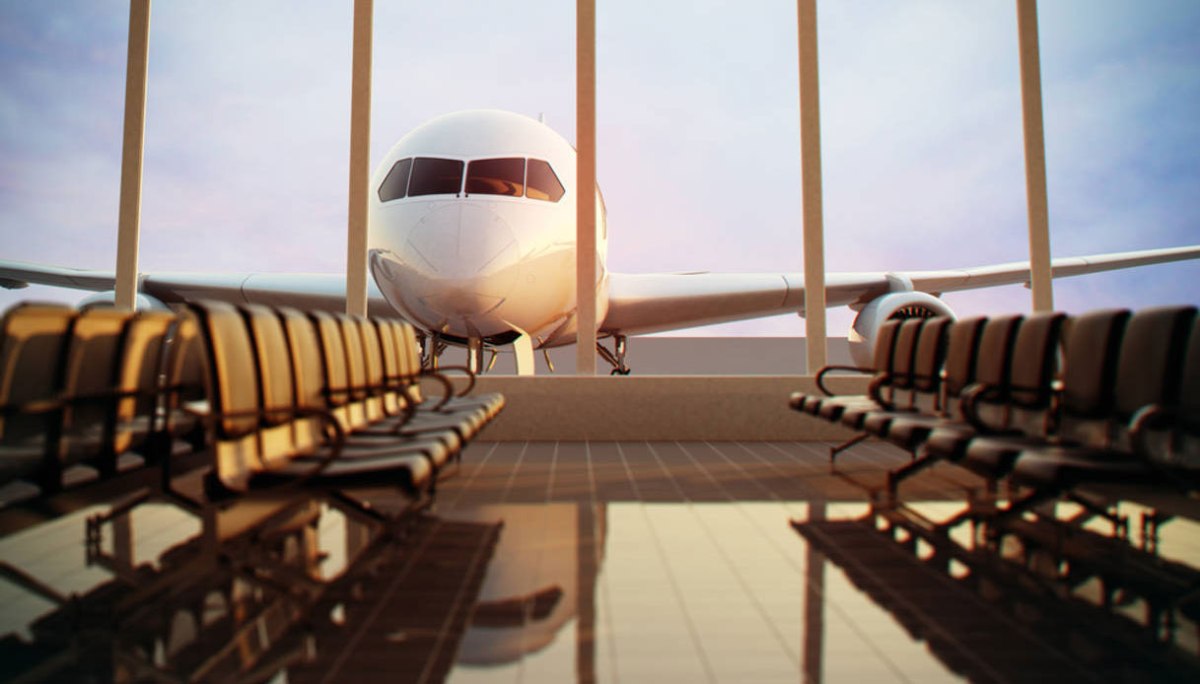RIO DE JANEIRO, BRAZIL – The shock caused by the stagnation of the travel industry, which represents ten percent of the global economy, could spread to the most remote corners of the world. Every time someone travels, a domino effect is triggered that drives dollars into airlines, hotels, restaurants, taxi drivers, artisans, tour guides, and store owners, to name but a few.

Altogether, the tourism industry employs 300 million people; in developing countries, in particular, these jobs may represent a way out of poverty and opportunities for cultural preservation. Today, one-third of all tourism-related jobs are at risk, global airlines say they need up to US$200 billion (R$1.2 trillion) in aid, and reduced travel expenses, both business and leisure, endanger the US$1.7 trillion industry.
While quarantine measures differ among and within countries, one aspect of the rebound is consistent in all others: international travel will be among the last sectors to bounce back. What will the travel sector be like in the short term and how will it evolve in the future? These are questions that affect us all.
Figures
- US$314 billion: projected reduction in airline revenues in 2020.
- 100,000: the average daily number of passengers registered by the TSA security department at US airports in April 2020, down 96 percent compared to the preceding year.
- 86 percent: percentage of people who would defer air travel even after the coronavirus has been controlled on a large scale.
Why it matters
We may not be sure when it will be safe to travel internationally again or how soon countries will begin to suspend travel restrictions. What we do know is that travel will be fundamentally different on the other side.
Airlines, airports, cruise lines, and hotels will need to develop and comply with new guidelines on social distancing, cleaning, and catering. Transparency, which was not the industry’s strongest point – consider ineffective travel insurance policies and cryptic passenger protection rules – will become critical. And companies will need to change prices to accommodate fewer passengers at the same time, which may add to their summer vacation costs, if at all possible.
Consider the wealthiest to set the tone for the future of non-essential travel. They can circumvent many of the post-pandemic trouble spots, whether through private aviation or shopping in hotels that avoid the need for shared space.
The solutions that these people’s money can buy can be scalable and their requests may reflect the broad consumer sentiment, although even the wealthiest are limited to domestic travel in the near future.
Until this changes, we can all daydream. According to the National Institutes of Health, the mere planning of a trip can bring immeasurable joy. And stepping into a space of adventure might remind us of the power of travel: not only to generate billions of dollars a day but also to support our neighborhood businesses, forge cultural connections and bring us closer to those we love.
Source: Bloomberg

